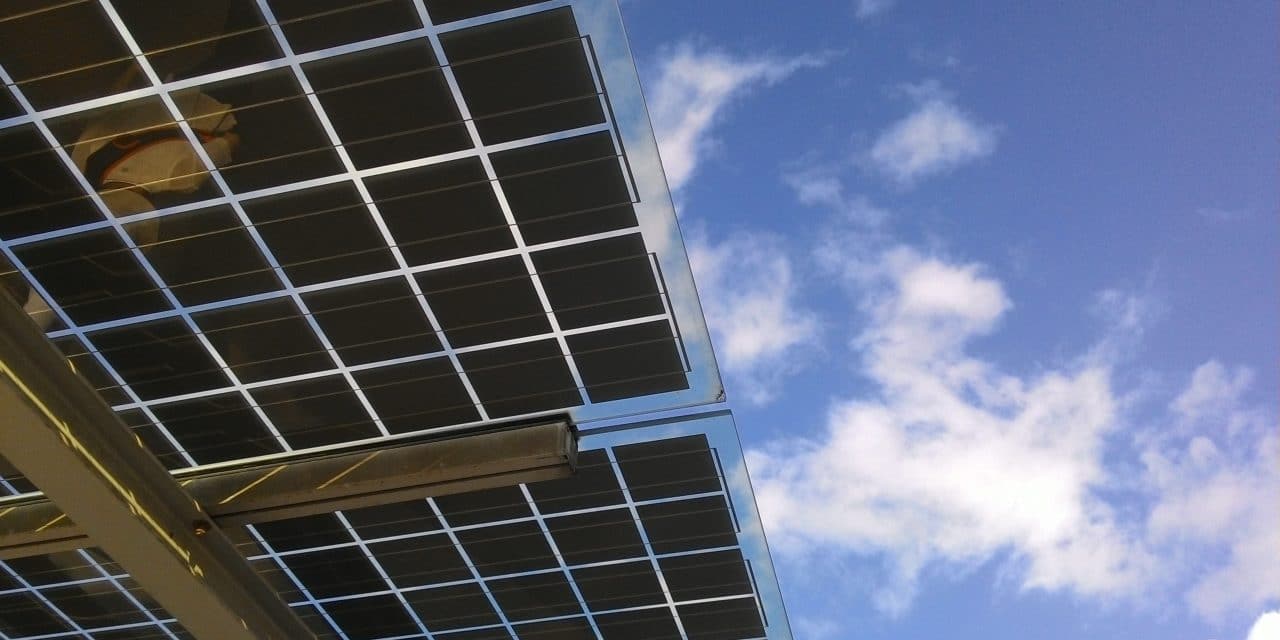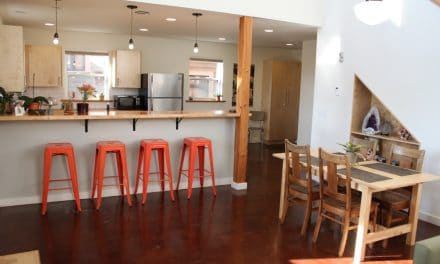1) Solar Panels Work in Cloudy Weather
Don’t believe us, just ask someone from Germany, which is one of the world’s leading markets for solar. This cold climate country, along with some of its Scandinavian neighbors has shown that solar can thrive even in cold climates. But of course, if you’ve ever gotten burnt on a gray day, you’d already know the sun doesn’t stop working just because of some clouds.
2) Solar panels don’t require much maintenance
Yup, with no moving parts, and robust hardware, it’s rare that a PV system will fail within the lifecycle of its 25-year warranty. Some homeowners care for their panels by giving them an annual cleaning, but some don’t even do this. Why lift a finger when the rain or snow can do the job for you? Solar monitoring software allows users to spot drops in power generation immediately, so if a large piece of debris falls on one of the panels, it’s easy to locate. In some cases the panels have even been known to improve the strength of the roof:

3) These surprising statistics
- More than half the united states solar panels have been installed within the last three years
- The amount of solar energy that hits Texas each month is equal to the entire amount of energy ever produced by oil and gas, according to CEO of the Solar Energy Industries Association (SEIA), Rhone Resch.
- The amount of solar energy that hits the world every minute is enough to meet its power needs for a year.
4) Solar is more cost effective than fossil fuels
At first look, it might appear that the fossil fuel per a KW hour cost is cheaper than solar, but in some areas, a combination of federal, state and local incentives can slash up to 60% off the cost of a home PV installation. Additionally since conventional energy is a limited resource and the cost is guaranteed to rise, locking in a net-metering rate now is an easy way to stabilize future finances. Unlike fossil fuels, solar pays for itself within 7-15 years once it is installed, usually bringing in two to four times their worth in savings on electricity bills. Indeed, The Wall Street Journal has shown that to install a new coal or nuclear plant today, would be less cost effective than encouraging homeowners to switch to solar, since the plants are so expensive to fund:


And then there’s all the nasty health and environmental side effects of fossil fuels, which, when considered in calculating its per KW hour cost make its price-tags more than double.
So what are you waiting for? The sun is yours for the taking!





![10 Steps Toward a Zero Energy Home [Infographic]](https://elemental.green/wp-content/uploads/2016/04/cbfb-440x264.jpg)


